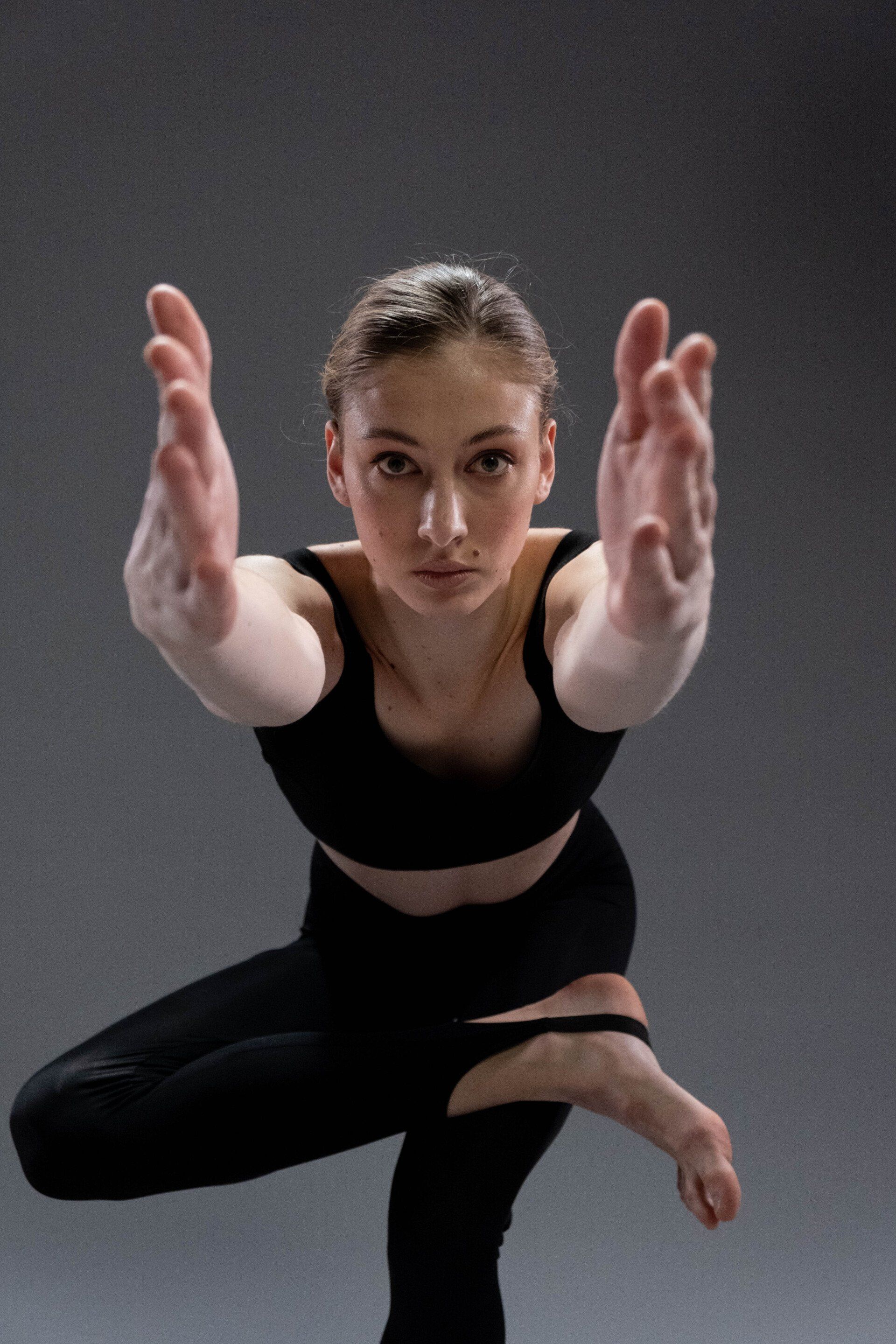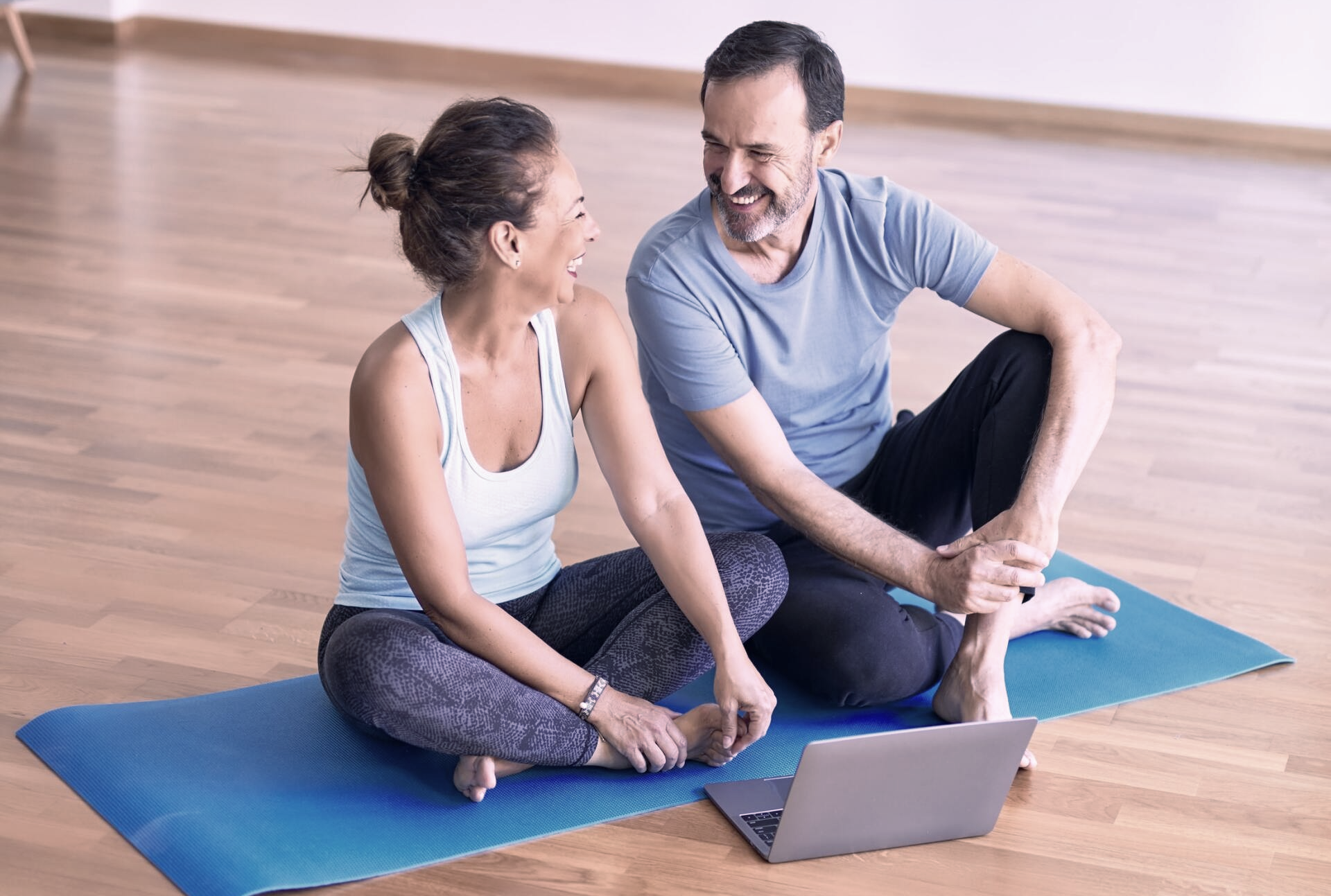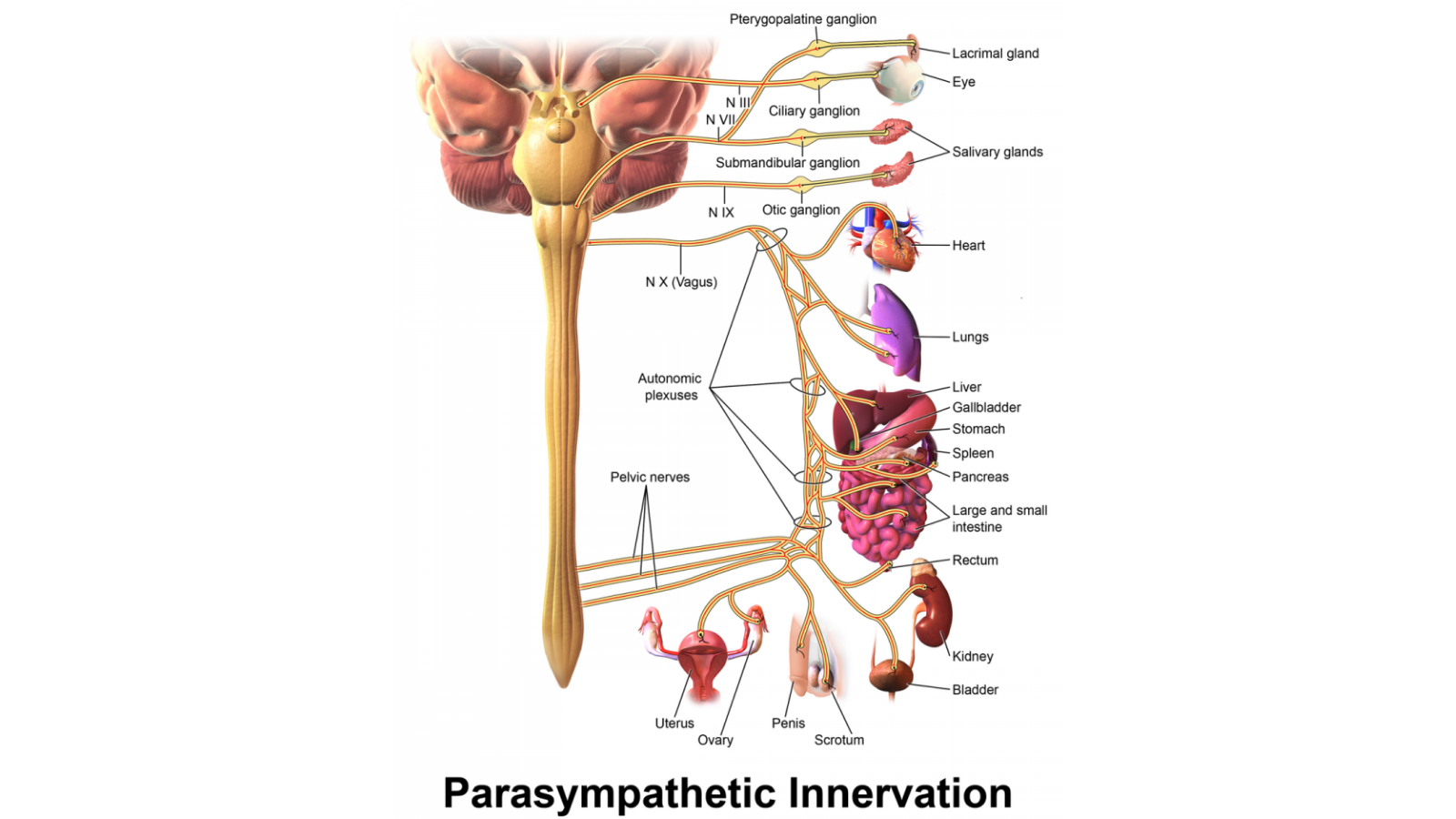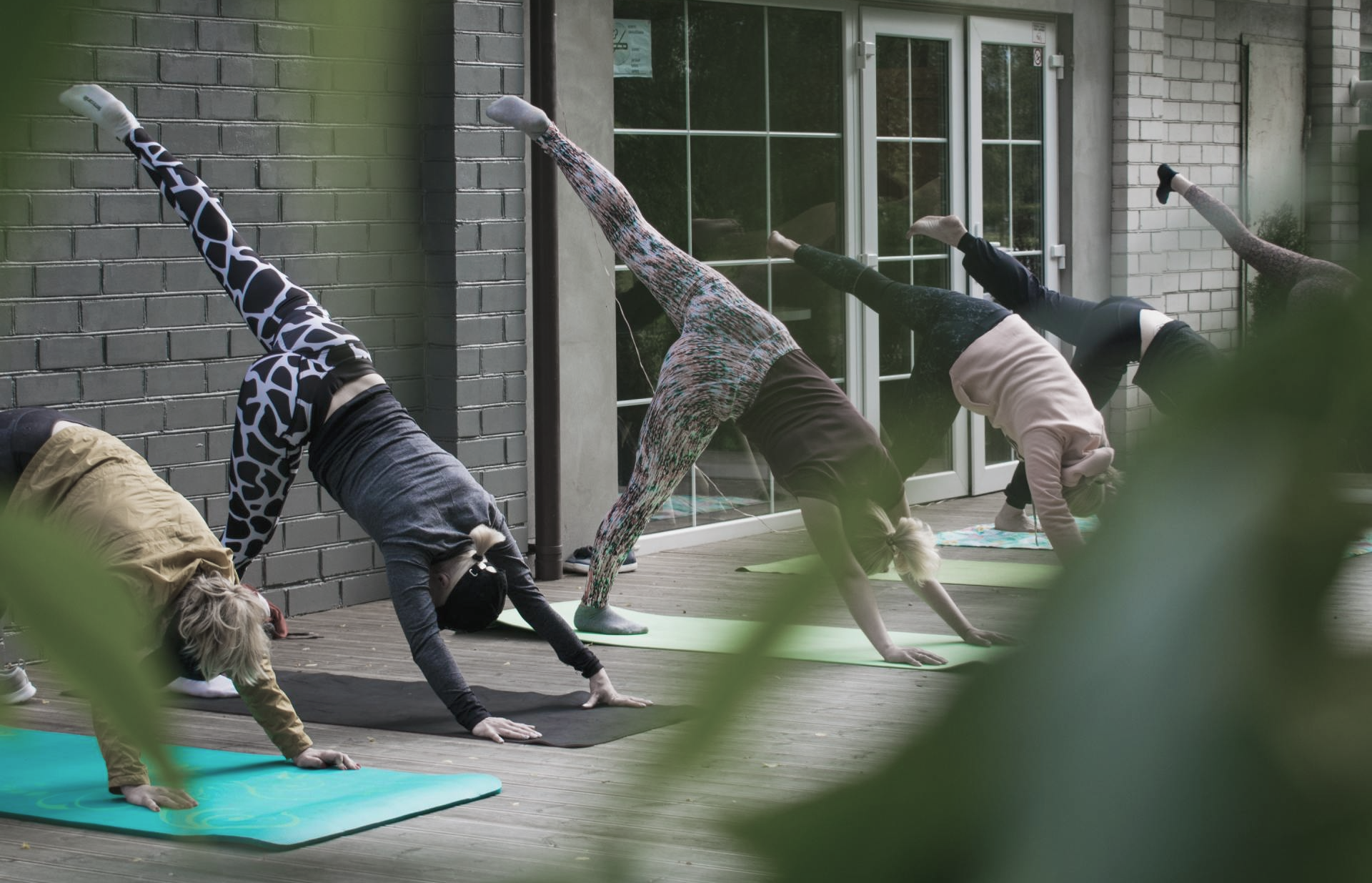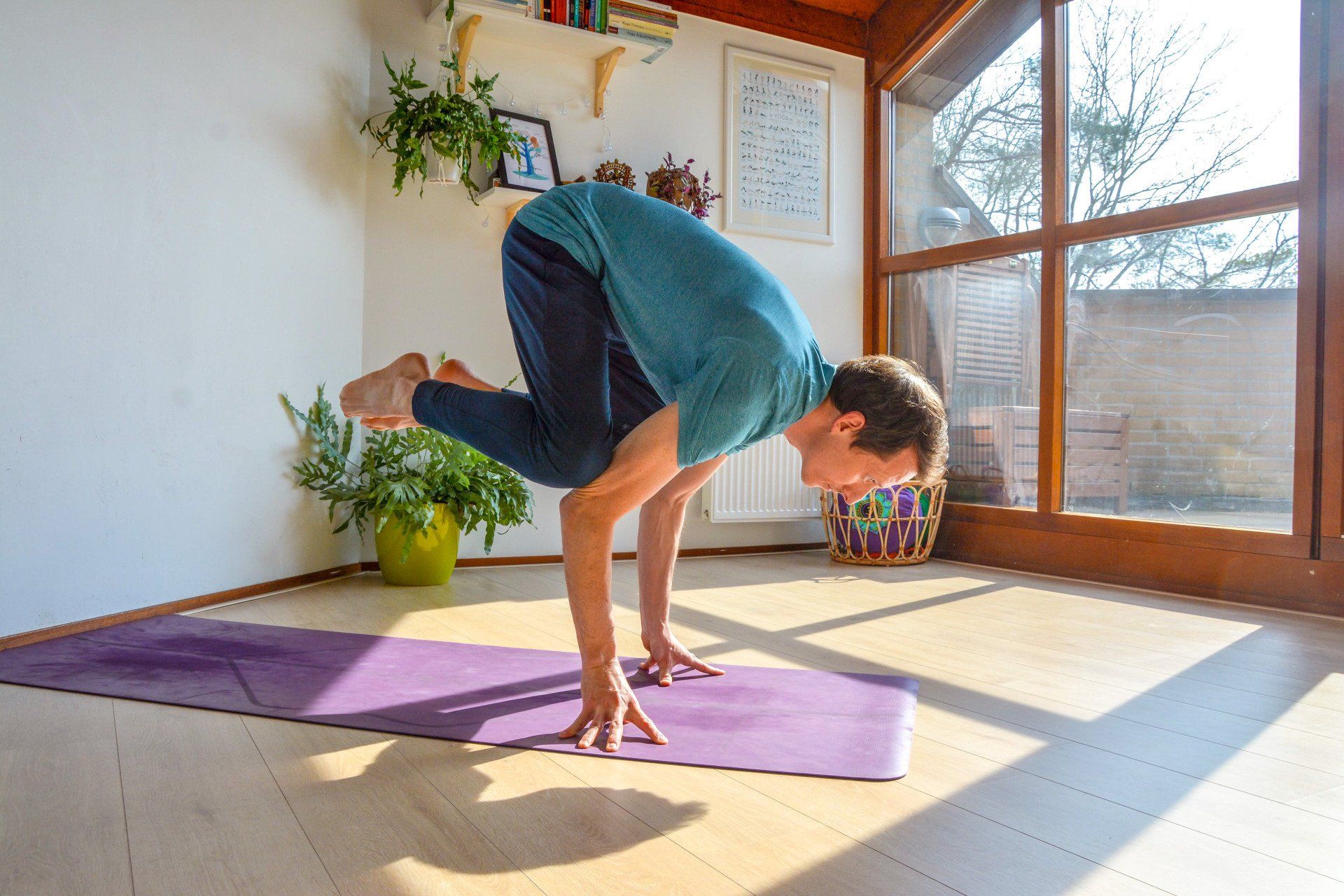Ways to Stimulate Your Vagus Nerve with Yoga and Breathing
“That's exactly how it is in yoga. The places where you have the most resistance are actually the places that are going to be the areas of the greatest liberation."
~ Rodney Yee ~
Irregularities in the vagus nerve can cause tremendous distress in physical and emotional health. Physical consequences can include gastroesophageal reflux disease (GERD), irritable bowel syndrome (IBS), nausea or vomiting, fainting, migraines, tinnitus, autoimmune disorders, and seizures. Mental health consequences include fatigue, depression, panic attacks, or a classic alternation between feeling overwhelmed and shut down.
Stimulating the vagus nerve helps to regulate both sympathetic hyperarousal and parasympathetic hypoarousal. Since all vagus nerve stimulation initiates a relaxation response, it is important to develop a tolerance for the parasympathetic state without going into dysfunctional hypoarousal in which you might feel collapsed or shut down.
Initially, you might feel sleepy when exploring relaxation. For example, meditation and yoga nidra practices can be deeply relaxing; however, some people fall asleep during practice. Ultimately, the goal is to discover a relaxed, yet awake, state. However, you might experiment with allowing yourself to sleep, which could be medicinal for your nervous system. In contrast, if you begin to notice that you feel dizzy or nauseated when practicing any vagus nerve interventions, then back off and proceed slowly and gently with just a few minutes a day.
How to Stimulate the Vagus Nerve through Breath, Relaxation, and Yoga
Natural vagus stimulation explores yoga breath and movement interventions that aim to stimulate and balance the vagus nerve. Slowing down the exhalation is considered the most direct way to balance the vagus nerve. This is especially effective when there is an emphasis on emptying the lungs through the engagement of the diaphragm and abdominal muscles. This also provides a gentle massage to the digestive organs. Emphasizing a slow, lengthened exhalation stimulates nerve fibers in the lungs to initiate a relaxation response.
- How to Stimulate the Vagus Nerve -
Practice #1: Mindful Breathing
Stressful and traumatic situations can cause shallow breathing, holding of the breath, or tightness in the chest. Every inhalation engages the sympathetic nervous system (SNS), and your exhalation stimulates the parasympathetic nervous system (PNS). Slowing down and giving resistance to your exhalation trains your body to use the diaphragm which can help you to feel calmer and more relaxed.
This next breath technique involves imagining a straw between your lips. (You can practice this breath with a physical straw as well.)
To begin, take a gentle inhalation. Now, purse your lips and exhale very slowly through your imagined straw until your lungs are 80 percent empty. Then, close your mouth and slowly exhale the last 20 percent through your nose as you engage the muscles in your abdomen and diaphragm to expel all of your air. Allow your next inhalation to come naturally, and take 3 regular breaths. If you would like, repeat this exercise 2 or 3 more times. Once you are complete, notice any changes in how you feel mentally, emotionally, and physically.
Practice #2: Release Tension in your Eyes
A lovely way to stimulate the vagus nerve is by relaxing the eyes and releasing the muscles in the neck. The eyes are regulated by 12 extraocular muscles that extend down into the suboccipital muscles that surround the upper cervical vertebrae. We can often see in each other’s eyes whether we feel stressed or relaxed. This is because the extraocular nerve endings have a direct connection to the vagus nerve. Eye movements can increase blood flow to the vertebral artery and stimulate the vagus nerve as it passes through the upper neck. Relaxing the muscles in the eyes engages an innate reflex called the oculocardiac reflex (OCR) which initiates a parasympathetic response to slow down the heart rate and lower blood pressure. An individual can faint if this response happens too quickly. However, we can also stimulate the (OCR) with gentle pressure on the eyes, which can have a calming effect on the nervous system. You can relax your eyes through the use of an eye pillow placed over your eyes during relaxation or by placing the palms over the eyes and applying very light pressure.
Practice #3: Release Your Neck for Vagus Nerve Health
Your vagus nerve passes right behind the sternocleidomastoid muscles (SCM) and in front of the scalenes, which tend to be the tightest muscles in the neck. Gentle stretching of the SCM and scalenes in the neck also tends to produce a relaxation response through engagement of the vagus nerve. Release your neck, explore how it feels to bring your right ear toward your right shoulder without turning your head. Then, bring your eyes toward the right. Take 4 or 5 breaths into the left side of your neck and then bring your head back to center as your eyes come forward again. Repeat this on the left side and notice how you feel. You can also explore how it feels to bring your right ear to the right shoulder as you send your eyes and gaze to the left. Once again hold this shape for about 4 or 5 breaths and then switch sides.
Practice #4: A Simple Yoga Pose for Settling the Nervous System
Simple seated yoga stretches can help to balance the vagus nerve as you move the spine, belly, chest, and throat. This next practice can be done on the floor or seated toward the front of a chair; the pose is called Easy Seated Twist or Parvrtta Sukhasana. You can practice this twist either on the floor in Sukhasana, or sitting in a chair. Start by feeling the connection of your sitting bones with the surface under it. The lengthening of the spine. Start by moving into a twist by placing your left hand on the outside of your right leg while placing your right hand behind you or in the center of your chair. On an inhalation lengthen your spine, and on your exhalation, deepen the twist of your spine toward the right. You can also bring your chin to the right and gaze over your shoulder.
Take several breaths here to massage your digestive organs and then return to center. When you are ready, switch sides and repeat to the left.
Once you are complete, return to the center and notice how you feel mentally, physically, emotionally.


